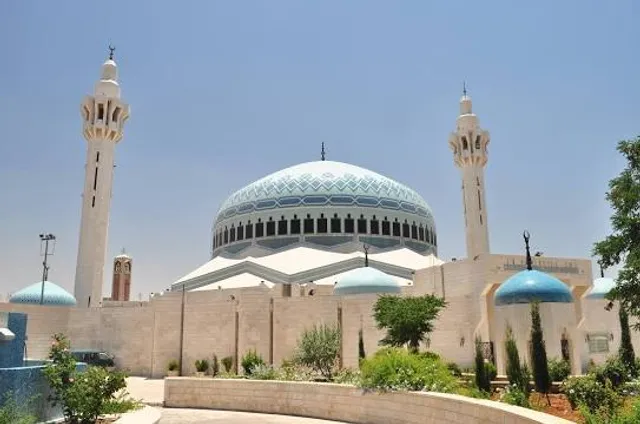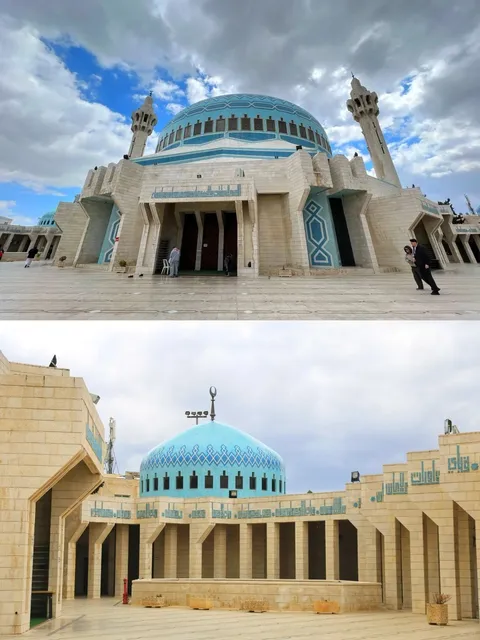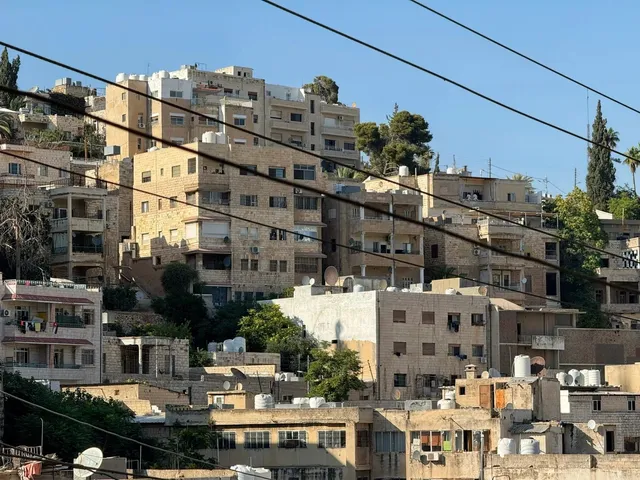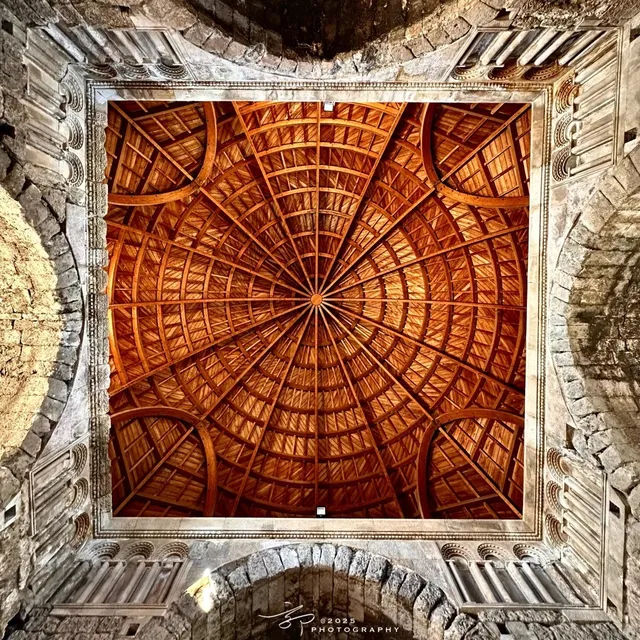King Abdullah I Mosque things to do, attractions, restaurants, events info and trip planning
Basic Info
King Abdullah I Mosque
XW67+F4H, Amman, Jordan
4.6(3K)
Open 24 hours
Save
spot
spot
Ratings & Description
Info
The King Abdullah I Mosque in Amman, Jordan was built between 1982 and 1989. It is capped by a blue mosaic dome beneath which 3,000 Muslims may offer prayer. Tourists are allowed to visit. Men must have long trousers on and women must cover their heads, arms and legs.
Cultural
Accessibility
attractions: Jordan National Gallery of Fine Arts, Rujm AlMalfouf, restaurants: مخبز كعك وبيض بيت المقدس, Jubran Restaurant | مطعم جبران, Hazourah Restaurant, Bait Halimeh, Rustic Bar and Eatery, The Lombard Amman, L’ETO cafe, Al Hindi المطعم الهندي, Al Aseel Restaurant ِAMMAN, VEER Resto-Lounge
 Learn more insights from Wanderboat AI.
Learn more insights from Wanderboat AI.Phone
+962 7 9806 2939
Plan your stay

Pet-friendly Hotels in Amman
Find a cozy hotel nearby and make it a full experience.

Affordable Hotels in Amman
Find a cozy hotel nearby and make it a full experience.

The Coolest Hotels You Haven't Heard Of (Yet)
Find a cozy hotel nearby and make it a full experience.

Trending Stays Worth the Hype in Amman
Find a cozy hotel nearby and make it a full experience.
Reviews
Nearby attractions of King Abdullah I Mosque
Jordan National Gallery of Fine Arts
Rujm AlMalfouf
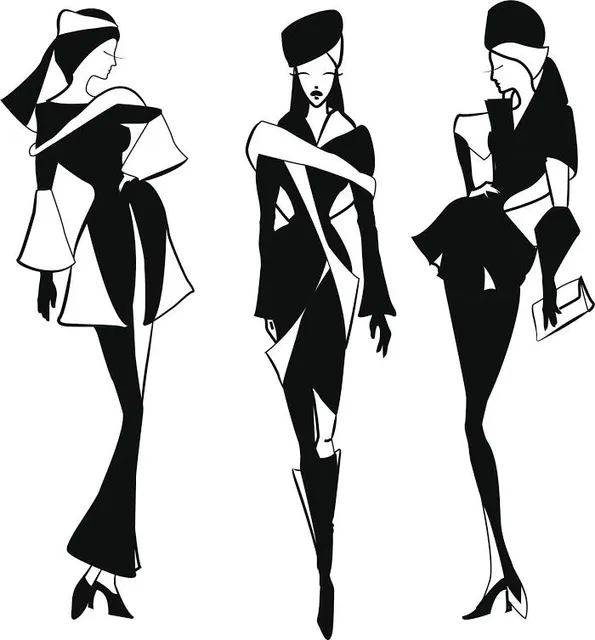
Jordan National Gallery of Fine Arts
4.4
(651)
Open 24 hours
Click for details
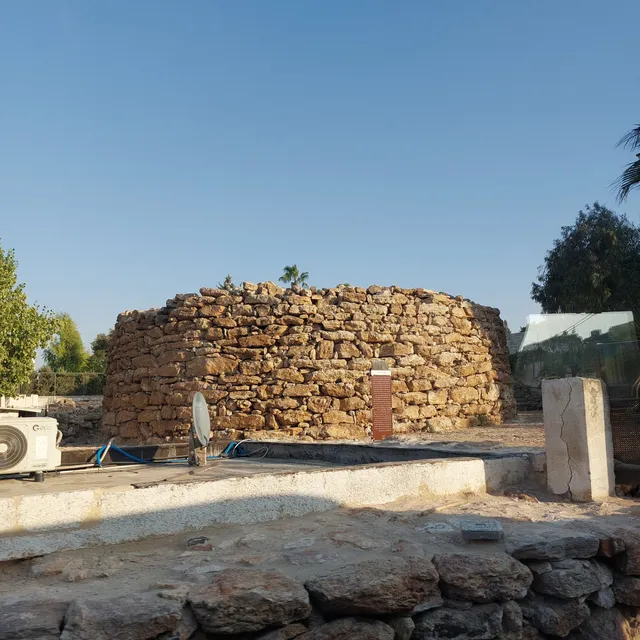
Rujm AlMalfouf
4.2
(87)
Open 24 hours
Click for details
Things to do nearby
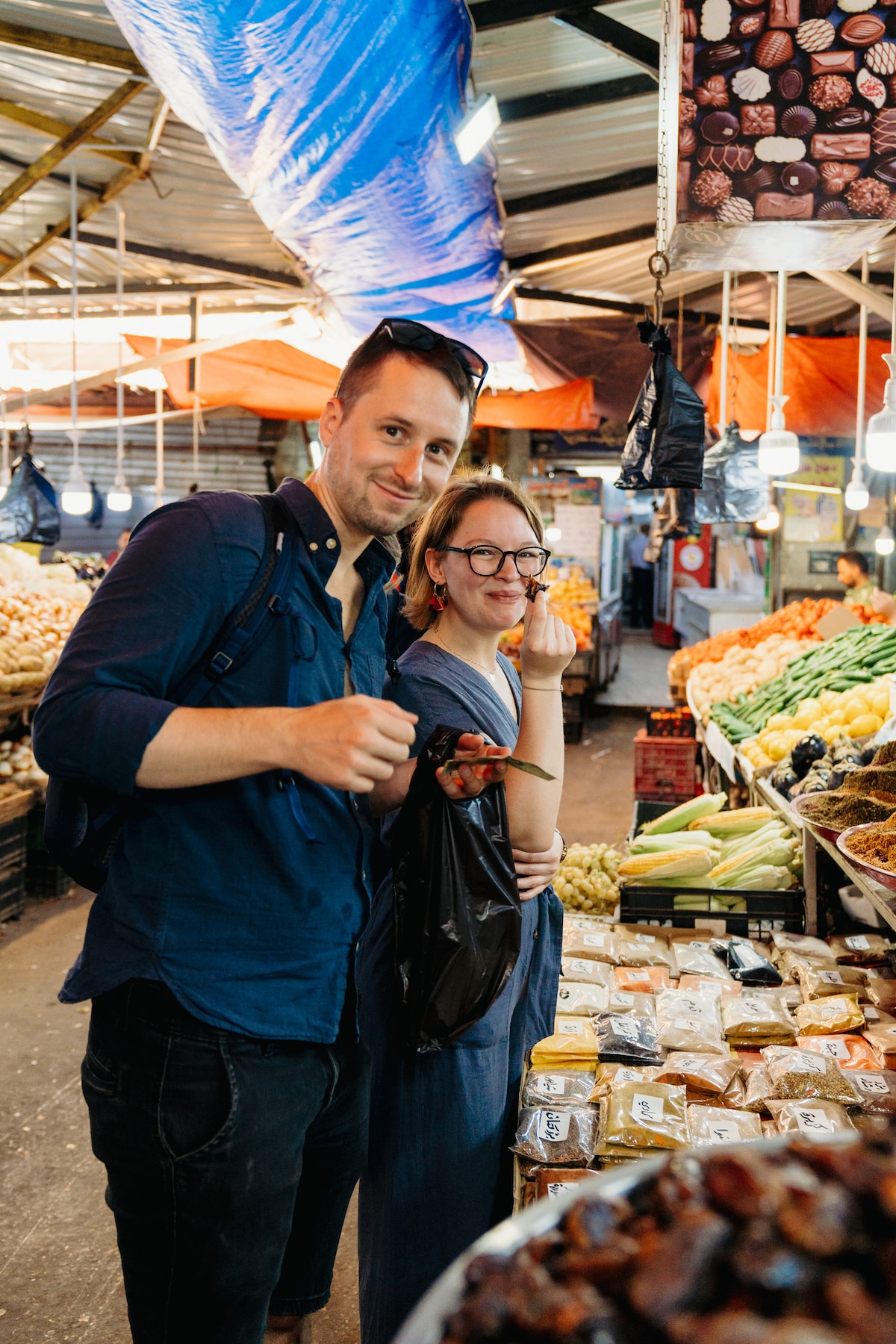
Eat like a local in Amman
Sat, Dec 27 • 10:00 AM
Amman, Amman Governorate 11110, Jordan
View details
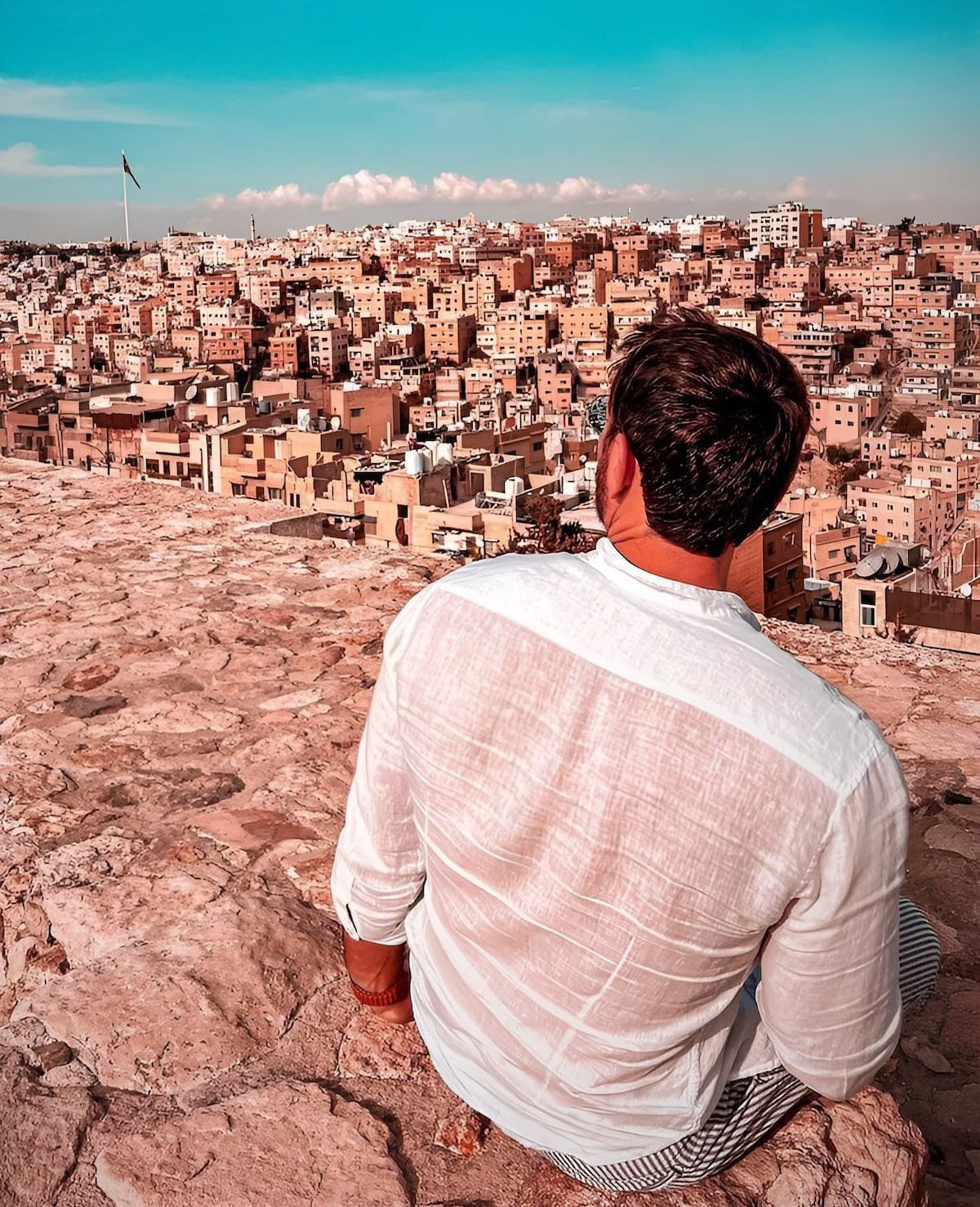
Discover*meet*Eat*live*drink*all JO-Amman!
Fri, Dec 26 • 9:00 PM
Amman, Amman Governorate 1191, Jordan
View details
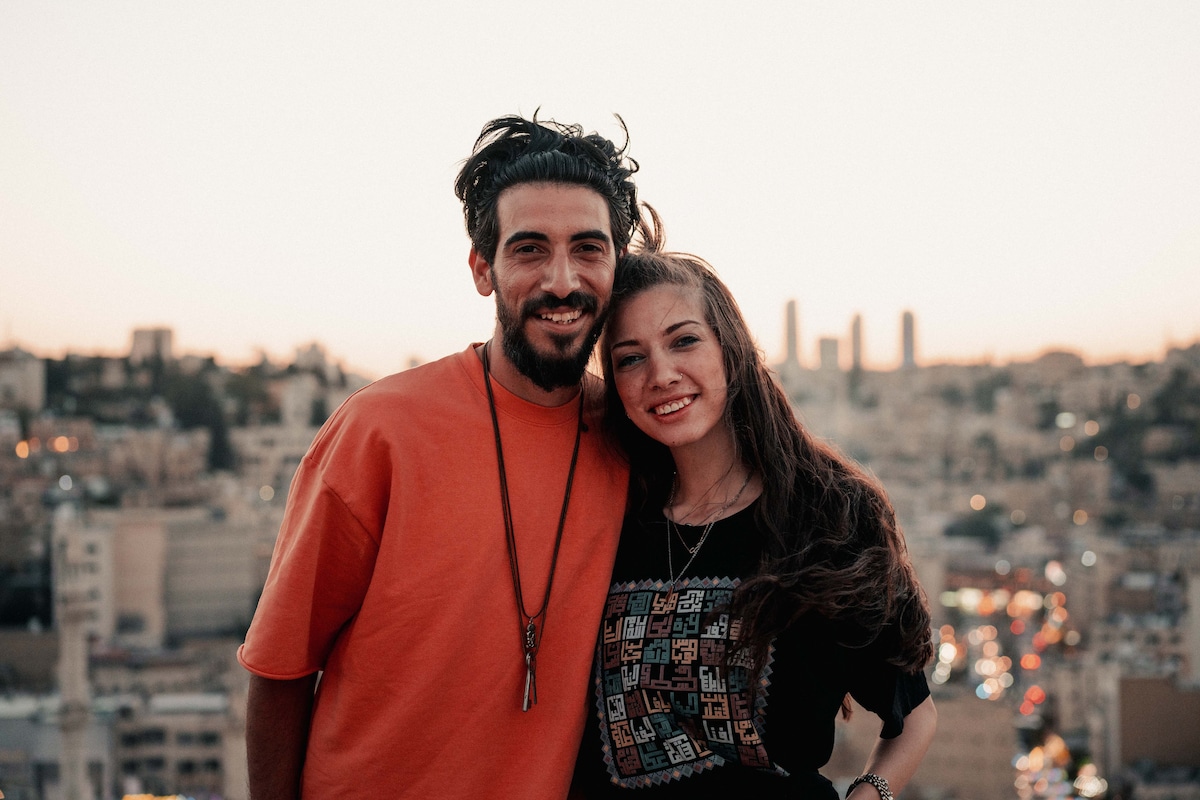
Alternative Downtown Tour Through local Eyes
Sat, Dec 27 • 2:00 PM
Amman, Amman Governorate -, Jordan
View details
Nearby restaurants of King Abdullah I Mosque
مخبز كعك وبيض بيت المقدس
Jubran Restaurant | مطعم جبران
Hazourah Restaurant
Bait Halimeh
Rustic Bar and Eatery
The Lombard Amman
L’ETO cafe
Al Hindi المطعم الهندي
Al Aseel Restaurant ِAMMAN
VEER Resto-Lounge

مخبز كعك وبيض بيت المقدس
4.3
(46)
Click for details
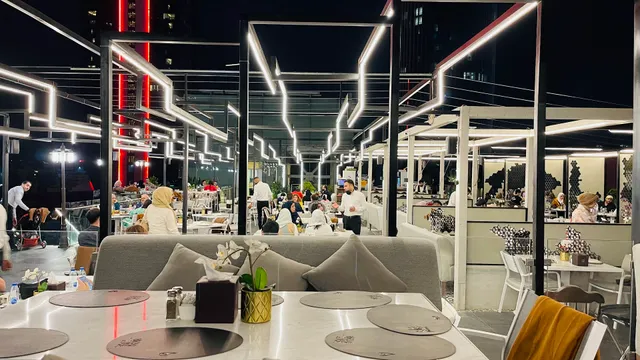
Jubran Restaurant | مطعم جبران
4.8
(14.9K)
$$$
Click for details
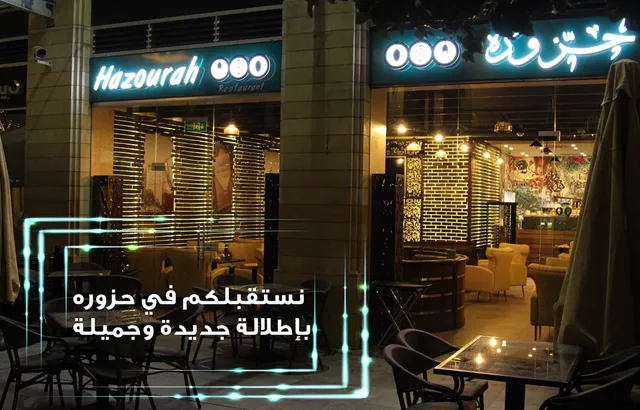
Hazourah Restaurant
4.8
(1.6K)
$$
Click for details
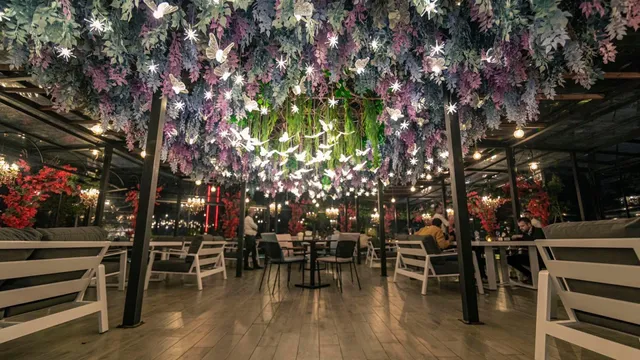
Bait Halimeh
4.3
(1.1K)
Click for details
